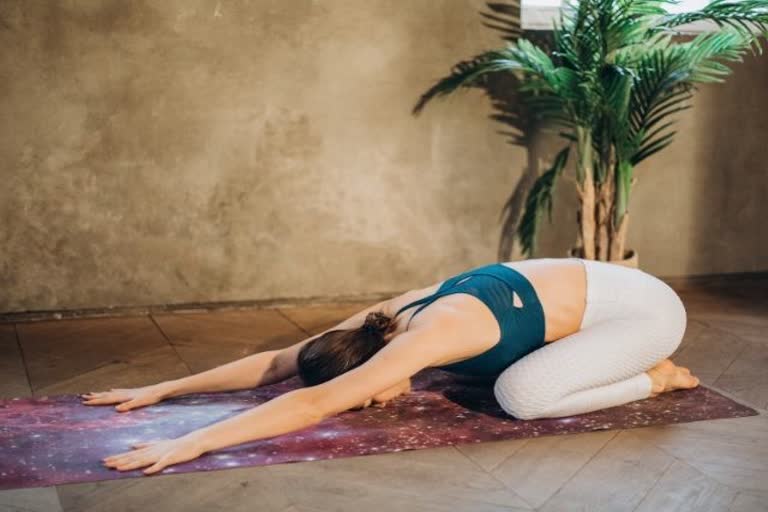The quality of life in yoga is measured through the transformation of a well-maintained body with the absence of illness and pain, tranquillity of mind, cultivation of energy and ultimately reaching higher levels of autonomy in your practice. Yoga has a very precise, direct, and practical approach towards every instance of life and towards yoga practice. But Yoga is not just what you do on the mat, its guiding principles permeate within the very essence of being.
If you're really keen on starting, here are some easy, do-able tips that can get you started on a journey you will not regret taking. Suggestions by Sarvesh Shashi, Founder, SARVA:
- Set a specific time, separate space, and focus on the yoga practice preferable at a time when your body has good energy after a restful period. It may be in the morning or evening, this time differs according to everyone's schedule.
- Practice on an empty stomach. Set the time for practice after 2 hours of any meal consumption. Small amounts of liquid can be consumed in these 2 hours.
- Always practice yoga on a mat or blanket to avoid contact with the floor while practicing yoga for your own comfort. It aids in ease of practice, it is easier on the joints and avoids energy transference on an otherwise cool floor.
- Distractions are unavoidable, but setting up the practice in such a way that it's easier to focus on yoga for the whole duration is definitely possible. For example, maybe you can't put your phone on silent, but you can leave it in the adjoining room. Or maybe complete privacy may not be possible, but you can definitely invest in a good pair of noise-canceling headphones that will transport you into a space of focus while taking an online class.
- Start the session with a good warm-up to create good blood circulation all over the body before practicing asana for better results. Sun salutations are an excellent warm-up before asana practice.
- Pay attention to your breathing pattern for specific asana for effective practice. Inhalation and exhalation patterns matter in each and every aspect of your practice. The wrong breathing patterns will cause cramps or pain or simply the inability to reach your true potential in the asana.
- Be mindful of your injuries. If you've had a serious injury, severe pain, or are recovering from surgery, you may want to consult a doctor and of course, inform your trainer of these injuries as well.
- Practice yoga under the guidance of a Yoga Teacher. Whether you are practicing in person or online with a group of friends, finding the right teacher is the best motivation you can get to continue your journey.
- End the session with a proper cool down, relaxation, and meditation for a refreshed finishing. Yoga is a psychophysiological art for the training of the mind which is just as essential as the body.
- Lastly, be present at every moment of the class. Thinking of cooking tonight's dinner or about the presentation that is due next morning will mar the experience of your Yoga workout. It's not easy, but that is why it is worth it.
